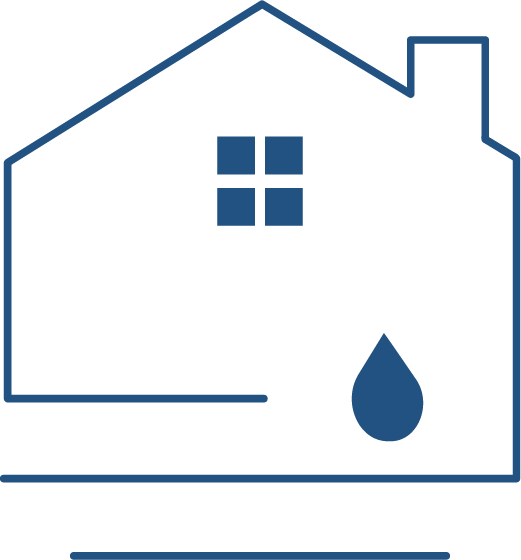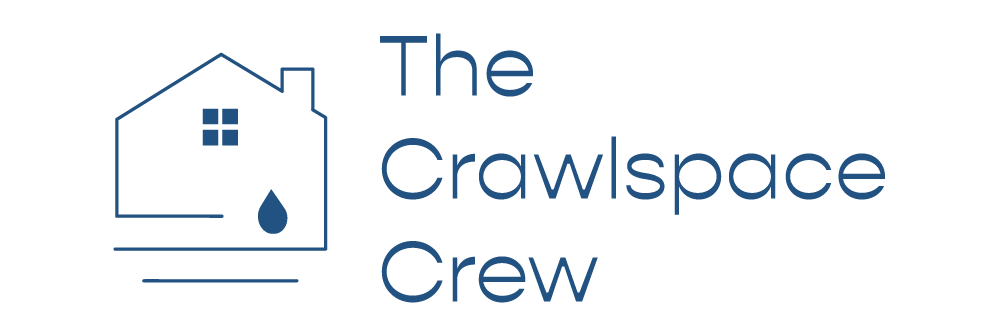If you’ve ever thought about saving money by tackling your crawlspace yourself, you’re not alone. Many homeowners assume it’s just a quick clean-up or a weekend fix. But what seems like a simple project can actually expose you to serious safety, structural, and health hazards.
Here’s what you need to know before crawling under your home — and what to do instead.
What Is a Crawlspace — and Why It Matters
A crawlspace is the narrow area between the ground and the first floor of your home, often used to access plumbing, wiring, and structural components. (Wikipedia)
Because of its low clearance and poor ventilation, it’s easy for moisture, pests, and structural issues to develop — and they’re rarely obvious until it’s too late.
The Risks of DIY Crawlspace Work
1. Hidden Structural Hazards
Crawlspaces can hide rotted wood, termite damage, and unstable supports. If you don’t know what you’re stepping on — or pulling out — you could worsen structural problems or even cause collapse.
“It is easy to become pinned, trapped or even crushed in a compromised crawlspace.” — International Association of Certified Home Inspectors (InterNACHI)
Even seasoned DIYers can underestimate how quickly a minor repair can turn dangerous once the structure is disturbed.
2. Health and Air Quality Hazards
Crawlspaces are often damp, dark, and filled with potential contaminants. Common hazards include:
-
Mold and fungi that release airborne spores and allergens.
-
Rodent and insect droppings that carry bacteria or disease.
-
Standing water or sewage leaks that create breeding grounds for pathogens.
These conditions can make the air under your home — and inside your home — unhealthy. The EPA notes that indoor air quality is directly affected by what’s below your floors. (EPA.gov)
3. Electrical and Utility Dangers
Many crawlspaces contain exposed wiring, plumbing, or ductwork. Combine that with low visibility and standing moisture, and you have a real risk of electrical shock or injury.
If you disturb live wires, uninsulated connections, or gas lines, you could face serious harm before realizing it’s happening.
Safety experts classify certain crawlspaces as “permit-required confined spaces” due to oxygen, utility, or asbestos risks. (OSHA.gov)
4. Confined Space and Airflow Risks
Poor ventilation and low clearance mean you could experience oxygen depletion, heat stress, or limited mobility. In emergencies, it’s difficult for someone outside the space to reach you quickly.
Without the right gear, you’re also exposed to dust, fiberglass, and insulation fibers that irritate the lungs and skin.
5. Costly Mistakes and Hidden Damage
DIY fixes — like laying a vapor barrier or adding insulation — can backfire if done incorrectly. For example:
-
Sealing without solving drainage issues can trap moisture and rot your structure.
-
Using the wrong materials can lead to barrier failure or mold regrowth.
-
Cutting insulation around wiring can create fire hazards.
Even if things “look fine,” unseen moisture or pressure changes can cause new problems within months.
Why Professional Help Matters
A certified crawlspace technician has:
-
Proper protective equipment and ventilation tools.
-
Training in structural, electrical, and environmental hazards.
-
Moisture-management and remediation experience.
-
Warranty and code compliance that DIY jobs can’t offer.
When you factor in the risk of injury, property damage, or health issues, hiring a professional isn’t a luxury — it’s protection for your home and your finances.
What You Can Safely Do Yourself
If you’re motivated to be hands-on, here’s what’s generally safe:
-
Visual inspection: Look for pooling water, sagging insulation, or disconnected ducts (without entering if unsafe).
-
Check exterior grading: Ensure soil slopes away from the home to reduce moisture.
-
Replace access door weatherstripping to keep pests out.
-
Keep gutters and downspouts clear.
For anything beyond surface-level, stop and call a pro.
Crawlspace Safety Basics (If You Must Enter)
If you absolutely need to go inside:
-
Wear coveralls, gloves, boots, and a respirator rated for mold and dust.
-
Bring a headlamp and backup light — never rely on your phone.
-
Keep someone outside who knows you’re inside and can communicate with you.
-
Avoid touching wires, insulation, or pipes unless you’re qualified.
For more detailed safety guidance, review OSHA’s confined space entry standards (OSHA.gov) and EPA home moisture resources (EPA.gov).
The Smarter, Safer Approach
In the long run, professional crawlspace work saves you money, improves indoor air quality, and protects your home’s structure. A quick DIY “fix” might seem cheaper — but if it hides or worsens damage, it can cost thousands later.
Invest in an inspection first, get expert advice, and make sure your crawlspace is a safe space — not a hidden hazard.
Schedule Your Free Inspection Today
Get in touch by filling out our contact form or click here to schedule a call directly.



